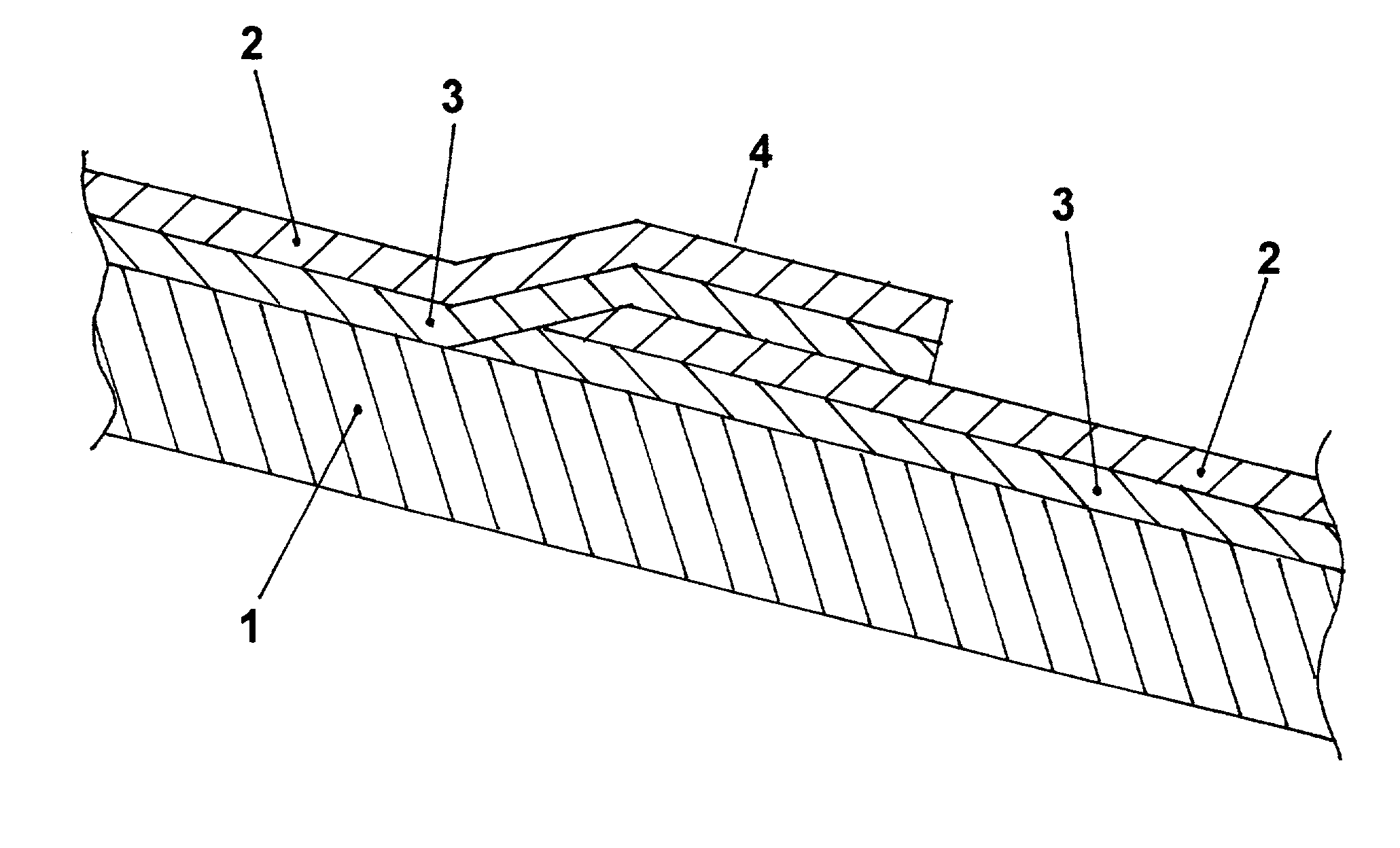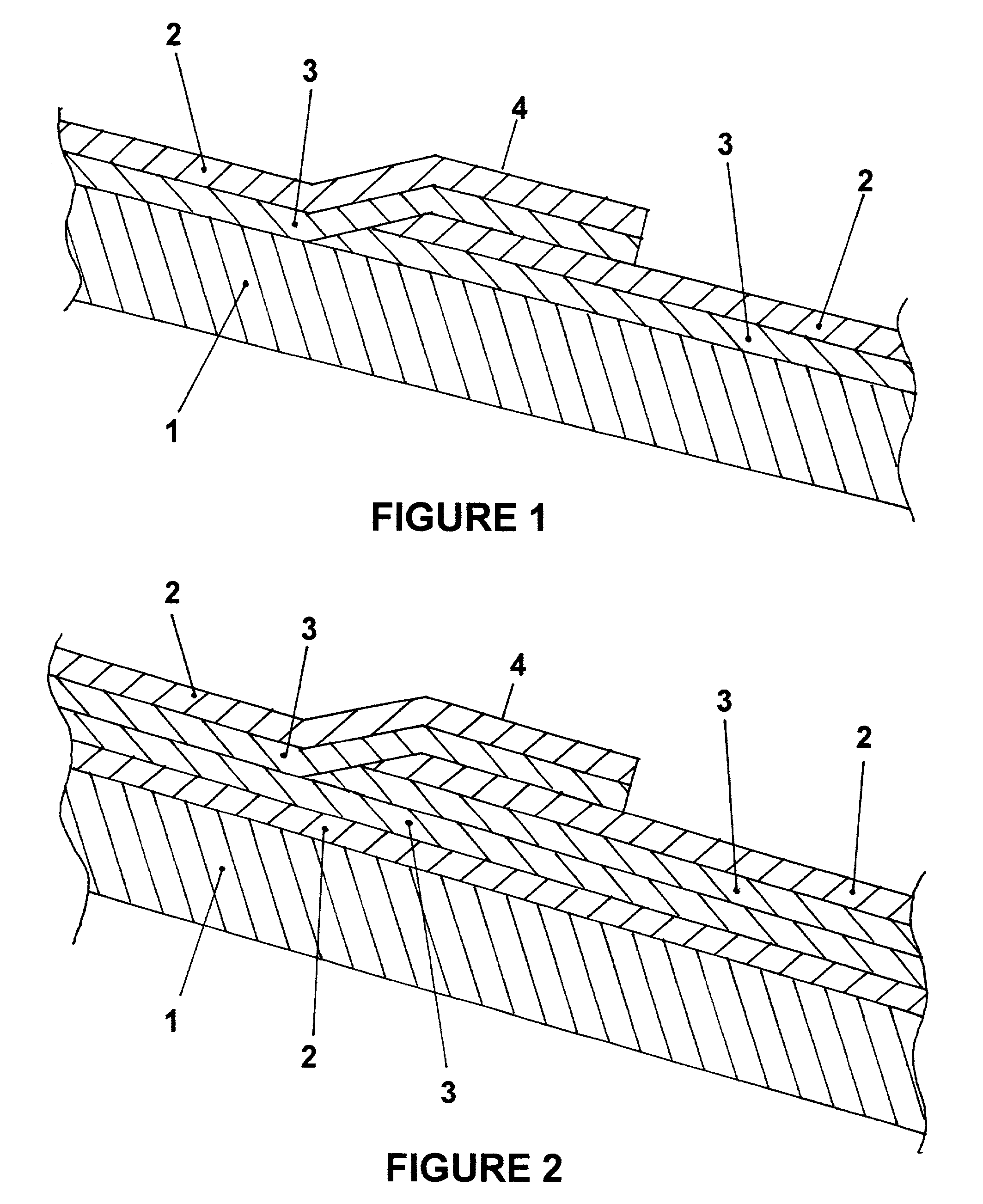Enhanced Subtitle D design standard composite liner
a technology of composite liner and subtitle, which is applied in the field of waste management, can solve the problems of low level of environmental protection assumed, inability to achieve direct and uniform contact" between liner components, and inability to meet the requirements of design standard composite liner, etc., and achieves the effect of reducing the tensile stress buildup in the fml component, avoiding potential shear strength concerns, and avoiding environmental pollution
- Summary
- Abstract
- Description
- Claims
- Application Information
AI Technical Summary
Benefits of technology
Problems solved by technology
Method used
Image
Examples
Embodiment Construction
[0042] FIG. 1 shows the preferred embodiment. With reference to FIG. 1, a compacted soil liner component (1) is initially constructed on the subgrade. The compacted soil liner is constructed to a minimum thickness of two feet using materials and techniques necessary to attain a hydraulic conductivity of no more than 1.times.10.sup.-7 centimeters per second.
[0043] A flexible membrane liner (FML) component (2) with an intermediate bentonite layer component (3) bonded to the underside is placed over the entire constructed soil liner component (1). The FML / bentonite sheets or panels are successively placed with overlapping seams (4) "shingled" in the downslope direction.
[0044] FIG. 2 shows an additional embodiment wherein an additional FML component (2) with bonded bentonite (3) is used. In this embodiment, the additional FML (2) is placed on the constructed soil liner component (1) with the bentonite layer component (3) side up. An FML component (2) with a bentonite layer component (3)...
PUM
 Login to View More
Login to View More Abstract
Description
Claims
Application Information
 Login to View More
Login to View More - R&D
- Intellectual Property
- Life Sciences
- Materials
- Tech Scout
- Unparalleled Data Quality
- Higher Quality Content
- 60% Fewer Hallucinations
Browse by: Latest US Patents, China's latest patents, Technical Efficacy Thesaurus, Application Domain, Technology Topic, Popular Technical Reports.
© 2025 PatSnap. All rights reserved.Legal|Privacy policy|Modern Slavery Act Transparency Statement|Sitemap|About US| Contact US: help@patsnap.com


